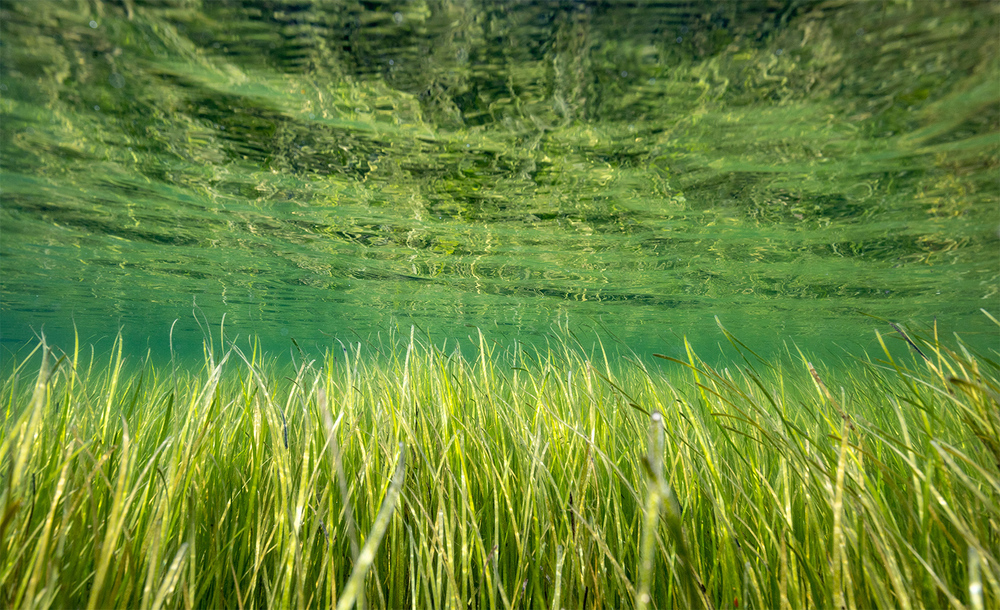As the lion species sees a decline across Africa, dropping 43% over the past 21 years, now is a critical time for their conservation. Classified as vulnerable by the IUCN, the species faces high extinction in the wild as populations plummet due to illegal poaching and habitat fragmentation. But, to our amazement, the lion populations have increased in the Mozambique and Chad national parks due to the creation of strong protected land mosaics. These mosaics protect natural corridors that stretch way beyond previously protected areas. Large predators, such as lions, need an extensive amount of land to roam across, and this creation gave the species a new hope.
“We are able to protect amazing open ecosystems in Africa through landscape management and the development of mosaics comprised of national parks, as well as multi-use lands that create sustainable livelihoods,” stated the general manager of the Greater Zakouma Ecosystem, a mosaic of protected areas across southeastern Chad, Naftali Honi.
Protecting these large predators took creative thinking in order to successfully preserve thousands of kilometers of land. The results were the large-scale cooperative conservation projects collaborated between public and private land stakeholders—both coming together in the efforts to fortify regions that are lion native. The wildlife corridors provide a safe path through once-fragmented habitats and reconnect these protected areas. This is the key to their success.
After the Mozambican civil war in Zinave in 1977, the region has never been the same; very few species have survived, but in all, it has become a graveyard. But in 2021, something drastic happened, a lion appeared on the land for the first time in decades, an outstanding win for the conservation efforts. Other regions—Mozambique, Chad, Zambia, and Senegal, have seen the reappearance of lions on their lands.
The Zinave National Park covers 1,575 square miles and is largely an open landscape. Since the graveyard era, animals have been slowly reintroduced within a fenced-in sanctuary, allowing for proper rehabilitation. From there, they are released into the open wilderness, eventually promoting the natural return of native animals, such as lions. About 2,400 animals have been released into the open areas and have reproduced 9,000 offspring. The lion spotting in 2021 sparked elation among park officials. They don’t know exactly where the lions migrated from; some theorize they came from one of the neighboring national parks—Kruger in South Africa, Limpopo in Mozambique, or Gonarezhou in Zimbabwe. Crossing any of those conserved areas would require safe travels, so this instance is living proof that the conservation mosaic efforts were a success.
















